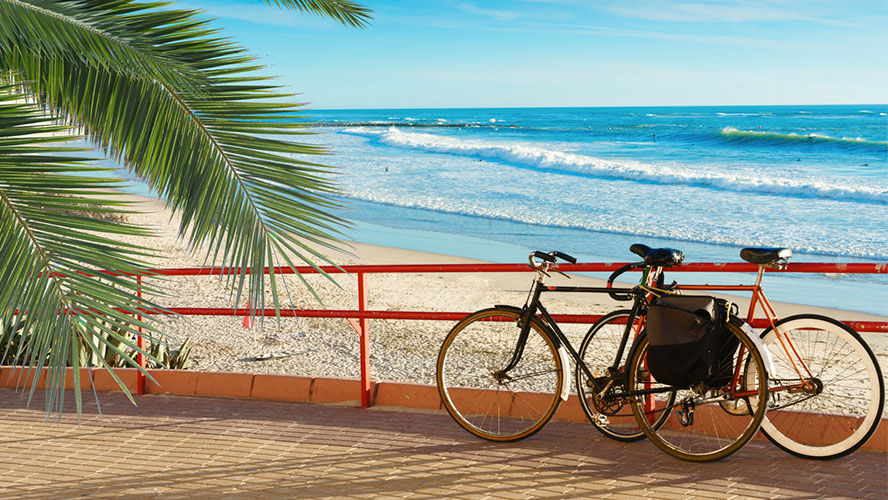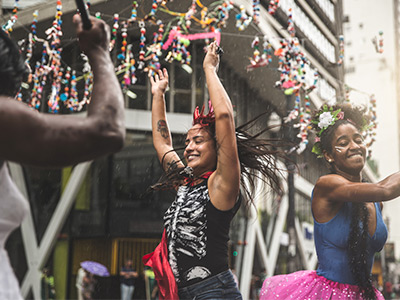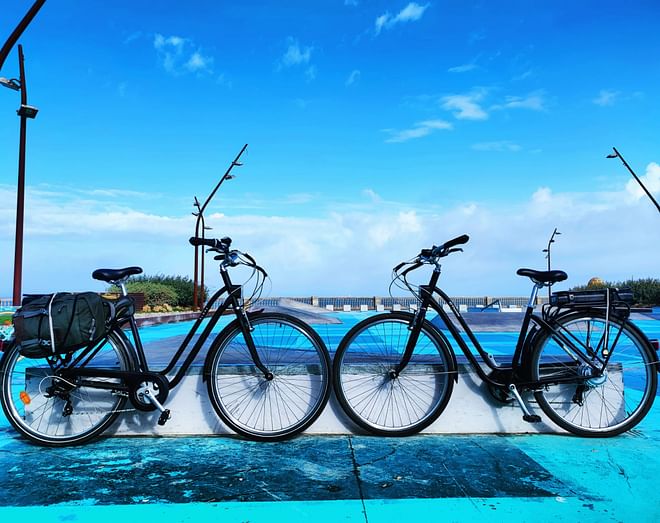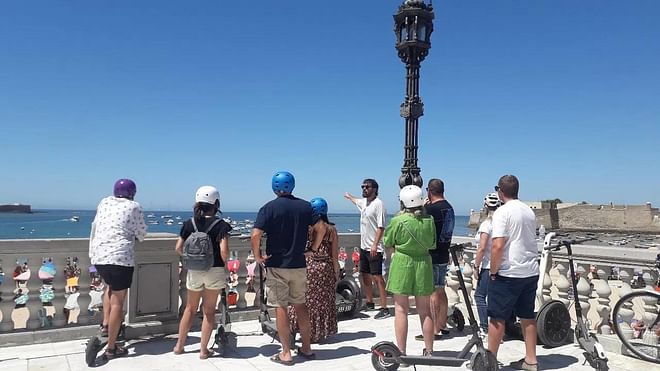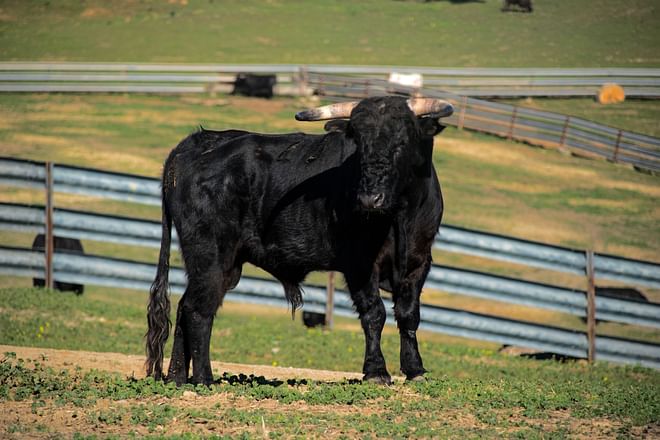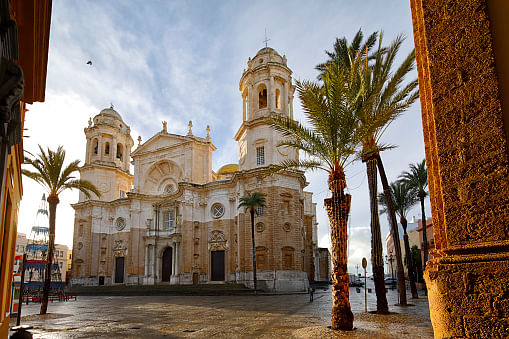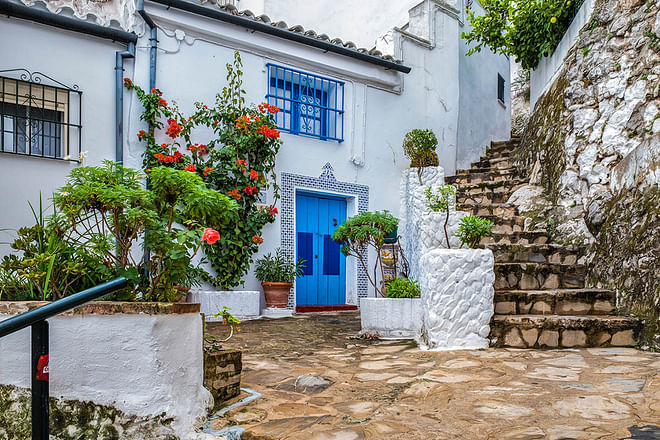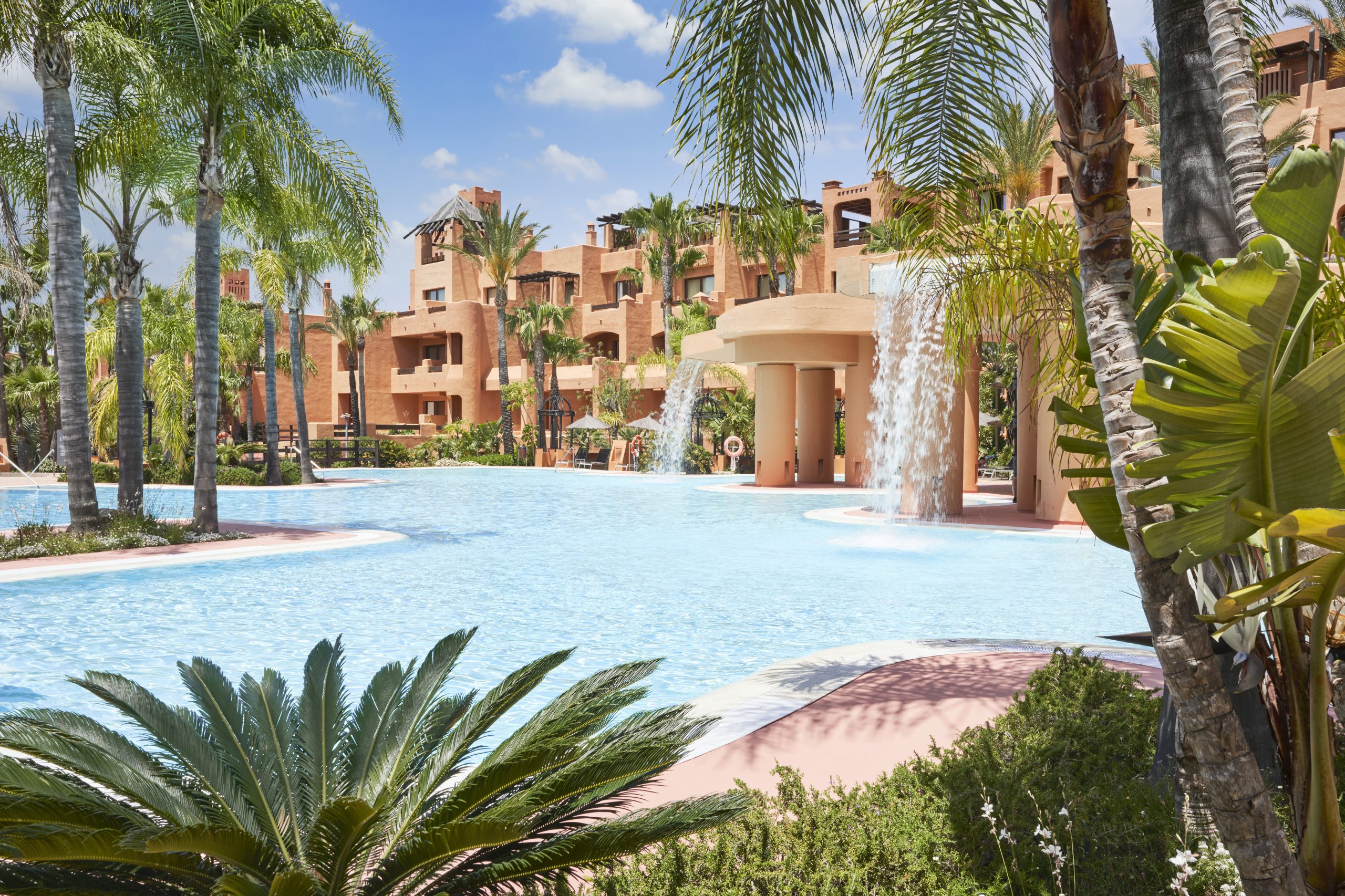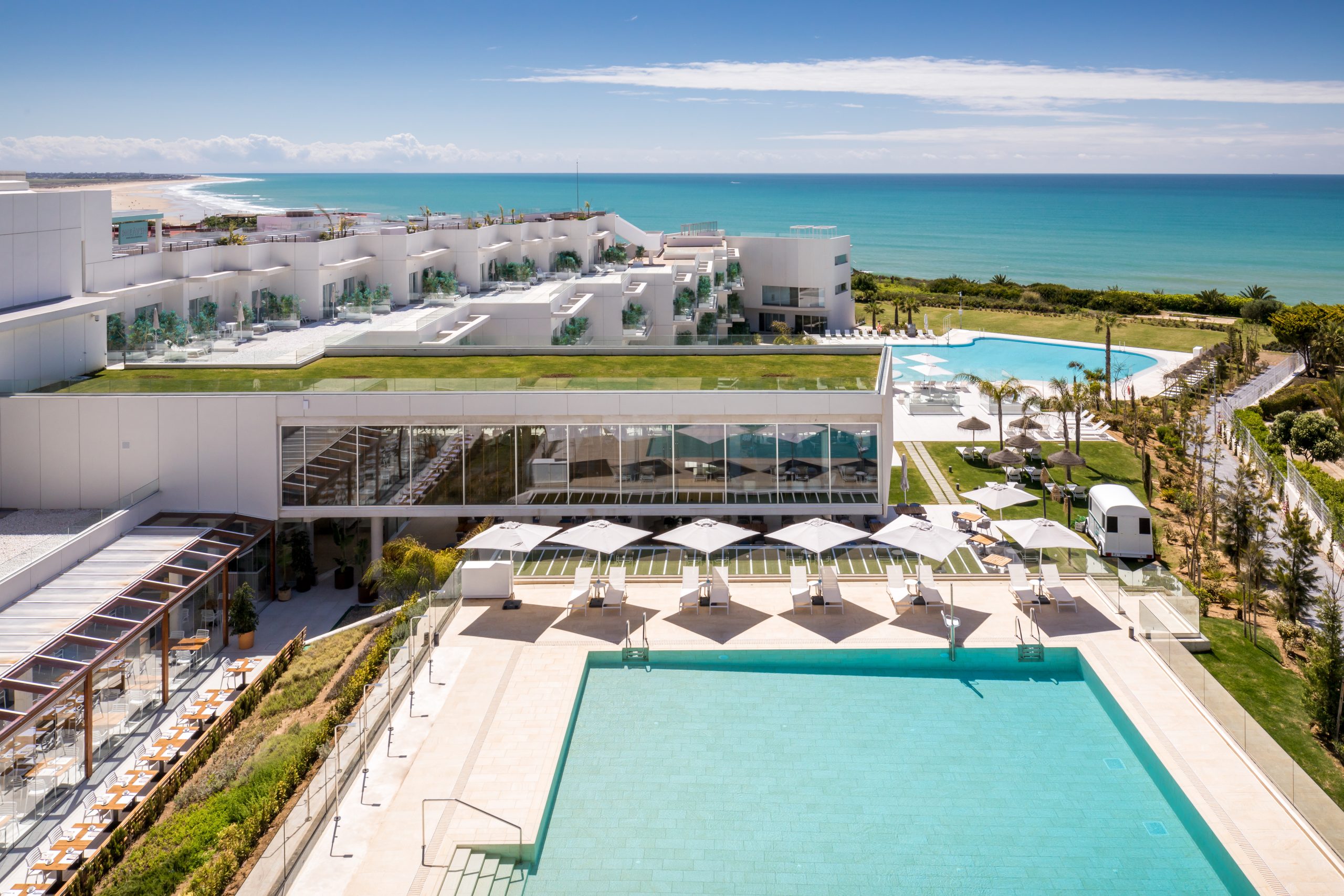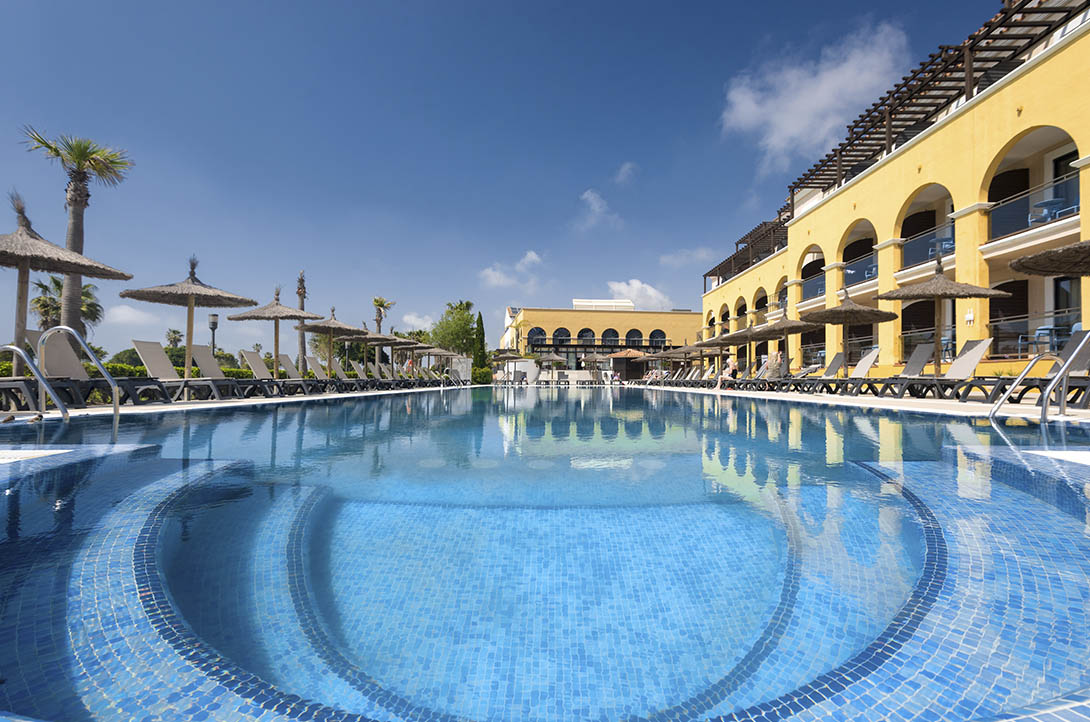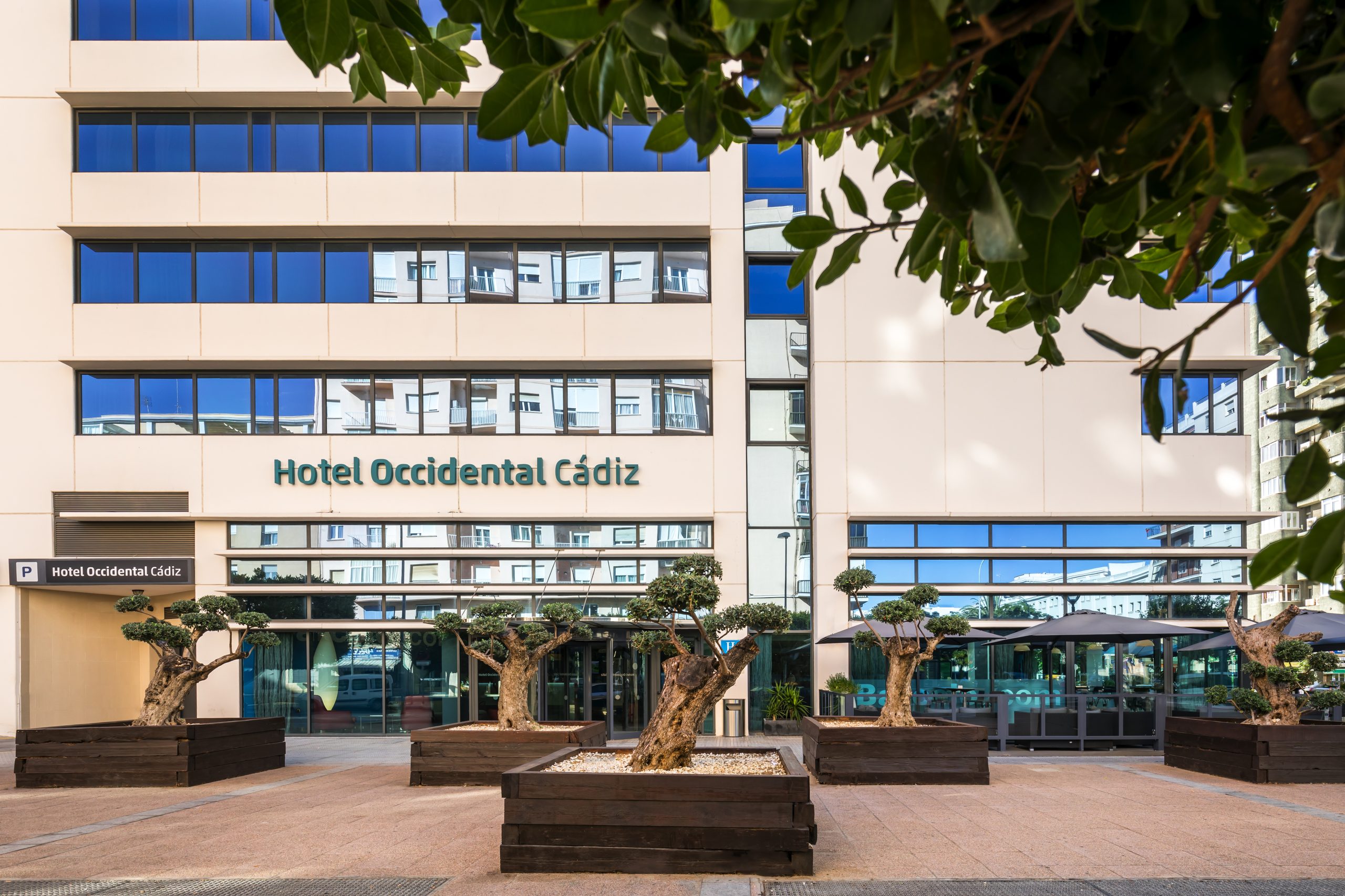Cádiz is a region with a naval soul, tremendous historical wealth featuring several cultures, and a cradle of artists. The charming villages, lovely traditions and warm people make these festivities some of the most original and fun in all of Spain. Take note of the following alternatives for a guaranteed great time.
Horse racing in Sanlúcar de Barrameda
These afternoon races have been taking place since 1845 on Playa de las Piletas beach. According to mythology, the Greek god Apollo allowed his fire horses to relax along the Sanlúcar coast. Others trace these races back to the rivalries between horses that carried fish. In the late nineteenth century, aristocrats participated in the baños de ola (wave baths) celebration that originated as a remedy against illness (a swim was the perfect solution to a fever), and it eventually became a tradition.
The races are held in August in two cycles, each one taking place over the course of three days. During this time, there are more than 20 thoroughbred horse races between Playa de Bajo de Guía and Playa de las Piletas. The date and time depend on the water because low tide is needed for this event. The horses gallop on the wet sand along the shore, with Doñana National Park as the backdrop. The event can be viewed from box seats or on the beach. Admission to see the races on the beach is free, and betting booths are set up for anyone who wants to try their luck.
Passion for Holy Week in Cádiz
Thousands of tourists, regardless of whether they are devotees, flock to this festival. Cádiz’s historic quarter is transformed into a stage for the Passion of Christ, depicting his life from the moment he entered Jerusalem until his death on the cross. Dating back to the sixteenth century, this is one of the most spectacular festivals Cádiz has to offer. The streets are decorated accordingly and a small open-air museum is set up for brotherhoods and congregations to show their full devotion.
Sacred saetas are sung from balconies, and the sound of chains dragging from the ankles of penitents is paired with the drums and cornets that mark the beat of the procession. As people silently pray in front of the images, the tears and cries of the crowd are quite moving. In Alcalá del Valle, Arcos de la Frontera, Jerez de la Frontera, San Fernando and Sanlúcar de Barrameda, for example, Holy Week is particularly important thanks to the spectacular processions (all have been named Fiestas of National Tourist Interest).
Festivals in the province of Cádiz
As spring makes its grand entrance, the province of Cádiz is transformed into a giant tablao (flamenco venue) where people dance sevillanas, drink fino sherry (called rebujito when mixed with lemon-lime soda) and women don beautiful flamenco outfits. Pescaíto frito fried fish, oxtail, tagarninas esparragás oyster thistle, montadito sandwiches, Serrano ham and fried peppers are passed along from one diner to the next at the table. There are sevillana dance competitions, bullfights, live performances, fireworks, and children’s attractions. For locals, this festival is a way to enjoy life and share their traditions with visitors.
- Vejer de la Frontera festival
This exciting event marks the start of the province’s festival season. Streetlight decorations are installed and it is time to enjoy the municipal stand La Noria, the attractions, the food stalls and plenty of music. The venue also features stables with the best livestock in the region and gorgeous horses. Equestrian shows and competitions can also be viewed from the stands.
- San Antonio festival in Chiclana
Although this is not a regional holiday on the feast day of a local patron saint (San Antonio is not the city’s official patron saint), it is one of the most popular in the area thanks to its lasting tradition. A horseback ride through Real and sevillana dances in the festival tents are the main appeal, always paired with a good fino sherry from Chiclana.
- Jerez de la Frontera festival
Promenades and streets are decorated with garlands and flowers during these week-long festivities. González de Hontoria Park is filled with carriages and riders making their way through the festival venue. Up to 200 event tents, all different, are set up in this space. A theme is announced every year and awards are given to the tents with the best décor, and there is also a cooking competition for the best tapas.
- Spring festival in Rota
During this festivity, the Punta Candor region is filled with lively event tents, festival groups, local flamenco dresses, horseback riders and beautiful lighting. Rota is also home to what is known as Calle del Infierno [Hell Street], with numerous attractions.
- Carmen and Salt festival in San Fernando
This festivity honours La Virgen del Carmen, the patron saint of San Fernando. Colourful ruffles are mixed among the crowds and horse riders. Event tents are filled to the brim as equestrian parades, horseback rides, flamenco shows and all types of musical performances take place. During the festival, the Virgin is taken out to sea in a maritime procession and the Salinera Mayor is announced.
Carnival in Cádiz
There is no question that Cádiz Carnival is the most exciting and wild festival held in the city. People dress up in costumes and sing satirical lyrics about the nation’s top current events. No one is safe from the witty criticisms of the chirigotas (the most entertaining comic carnival bands). The end of the semi-final phase is followed by a big festival lasting two weeks, as streets are filled with people dressed in costumes, fantasy, folk songs, comparsas troupes, choirs, loads of fun and the desire to have a great time. This event also features tablaos, costume parties, parades and fireworks. At the conclusion of the two weeks, anyone who is reluctant to dismiss the celebrations can look forward to the Carnaval de los Jartibles, which takes place after the official Carnival.
In summary, if you visit Cádiz with friends between February and September, or even after these dates, be sure to take part in the entertaining traditional festivities. It will be an unforgettable way to explore this region and experience the warm hospitality of locals.



























































